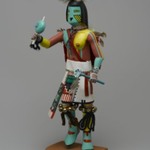Kachina Doll (Kwahu [Eagle])
Arts of the Americas
Kwahu, or Eagle Dancer, usually appears in a troupe of several dancers, spreading feathered wings and squawking and imitating eagle behavior while the Koyemshi (Mudhead Kachinas) sing to him. The sponsoring kiva—a men’s society that holds its meetings in sacred underground spaces—must fast and abstain from sexual relations for a period before the dance. The Eagle Dance is a prayer for good crops, rain, and plentiful eagle feathers. Because the eagle is considered sacred, its feathers are important in many ceremonies.
Kwahu, o Bailarín Aguila, usualmente aparece con una tropa de varios danzantes, extendiendo sus alas emplumadas y graznando e imitando la conducta de las águilas mientras los Koyemshi (Kachinas Cabeza de Barro) le cantan. La kiva auspiciadora – sociedad masculina que se reúne en espacios sagrados subterráneos—debe ayunar y abstenerse de relaciones sexuales por un cierto periodo antes de la danza. La Danza Aguila es una plegaria para recibir buenas cosechas, lluvia y abundancia de plumas de águila. Al ser el águila considerada sagrada, sus plumas son importantes en muchas ceremonias.
MEDIUM
Cottonwood root, acrylic pigment, feathers, hide, fur, beads, yarn, cotton
DATES
1960–1970
DIMENSIONS
16 1/2 x 14 x 8 in. (41.9 x 35.6 x 20.3 cm)
(show scale)
SIGNATURE
signed on bottom of base Haenry Shelton Oraibi AZ with an arrow
ACCESSION NUMBER
2010.6.10
CREDIT LINE
Gift of Edith and Hershel Samuels
CATALOGUE DESCRIPTION
Eagle Dancer (Kwahu) Kachina Doll. Figure is carved from one piece of cottonwood root. He stands with PR arm raised and PL arm lower with both outstretched with pair of 'eagle' wings on arms and back. Chest is ½ yellow and ½ blue over pink painted body. Arms from elbow to wrist have the opposite colors from the chest. Legs are painted to match the chest. He wears a carved white kilt. He wears a blue and white beaded necklace. The helmet style mask has large, disk-like red ears with cotton stuffed near his head where they are attached and turquoise bead loop earrings. He has a feathered headdress in back on his head. His PR foot is raised. Both feet hare barefoot. His beak is open and you can see his red tongue. Wears a fur ruff around his neck.
The eagle dance is a prayer for good crops, rain, and plentiful eagle feathers as their feathers are important in many ceremonies because the bird is thought to be sacred. This Kachina usually appears in a group of several forming a dance troop, squawking and imitating eagle behavior while the Koyemshi (mudhead clowns) sing to them. The sponsoring kiva must fast, abstain from sex, and no eating of salty or fatty foods before the dance.
MUSEUM LOCATION
This item is not on view
CAPTION
Henry Shelton (1929–2016). Kachina Doll (Kwahu [Eagle]), 1960–1970. Cottonwood root, acrylic pigment, feathers, hide, fur, beads, yarn, cotton, 16 1/2 x 14 x 8 in. (41.9 x 35.6 x 20.3 cm). Brooklyn Museum, Gift of Edith and Hershel Samuels, 2010.6.10. Creative Commons-BY (Photo: Brooklyn Museum, 2010.6.10_front_PS2.jpg)
IMAGE
front, 2010.6.10_front_PS2.jpg. Brooklyn Museum photograph, 2009
"CUR" at the beginning of an image file name means that the image was created by a curatorial staff member. These study images may be digital point-and-shoot photographs, when we don\'t yet have high-quality studio photography, or they may be scans of older negatives, slides, or photographic prints, providing historical documentation of the object.
RIGHTS STATEMENT
Creative Commons-BY
You may download and use Brooklyn Museum images of this three-dimensional work in accordance with a
Creative Commons license. Fair use, as understood under the United States Copyright Act, may also apply.
Please include caption information from this page and credit the Brooklyn Museum. If you need a high resolution file, please fill out our online
application form (charges apply).
For further information about copyright, we recommend resources at the
United States Library of Congress,
Cornell University,
Copyright and Cultural Institutions: Guidelines for U.S. Libraries, Archives, and Museums, and
Copyright Watch.
For more information about the Museum's rights project, including how rights types are assigned, please see our
blog posts on copyright.
If you have any information regarding this work and rights to it, please contact
copyright@brooklynmuseum.org.
RECORD COMPLETENESS
Not every record you will find here is complete. More information is available for some works than for others, and some entries have been updated more recently. Records are frequently reviewed and revised, and
we welcome any additional information you might have.
![Henry Shelton (1929–2016). <em>Kachina Doll (Kwahu [Eagle])</em>, 1960–1970. Cottonwood root, acrylic pigment, feathers, hide, fur, beads, yarn, cotton, 16 1/2 x 14 x 8 in. (41.9 x 35.6 x 20.3 cm). Brooklyn Museum, Gift of Edith and Hershel Samuels, 2010.6.10. Creative Commons-BY (Photo: Brooklyn Museum, 2010.6.10_front_PS2.jpg)](https://d1lfxha3ugu3d4.cloudfront.net/images/opencollection/objects/size2/2010.6.10_front_PS2.jpg)
![Henry Shelton (1929–2016). <em>Kachina Doll (Kwahu [Eagle])</em>, 1960–1970. Cottonwood root, acrylic pigment, feathers, hide, fur, beads, yarn, cotton, 16 1/2 x 14 x 8 in. (41.9 x 35.6 x 20.3 cm). Brooklyn Museum, Gift of Edith and Hershel Samuels, 2010.6.10. Creative Commons-BY (Photo: Brooklyn Museum, 2010.6.10_front_PS2.jpg)](https://d1lfxha3ugu3d4.cloudfront.net/images/opencollection/objects/size2/2010.6.10_front_PS2.jpg)
![Henry Shelton (1929–2016). <em>Kachina Doll (Kwahu [Eagle])</em>, 1960–1970. Cottonwood root, acrylic pigment, feathers, hide, fur, beads, yarn, cotton, 16 1/2 x 14 x 8 in. (41.9 x 35.6 x 20.3 cm). Brooklyn Museum, Gift of Edith and Hershel Samuels, 2010.6.10. Creative Commons-BY (Photo: Brooklyn Museum, CUR.2010.6.10.jpg)](https://d1lfxha3ugu3d4.cloudfront.net/images/opencollection/objects/size2/CUR.2010.6.10.jpg)
![Henry Shelton (1929–2016). <em>Kachina Doll (Kwahu [Eagle])</em>, 1960–1970. Cottonwood root, acrylic pigment, feathers, hide, fur, beads, yarn, cotton, 16 1/2 x 14 x 8 in. (41.9 x 35.6 x 20.3 cm). Brooklyn Museum, Gift of Edith and Hershel Samuels, 2010.6.10. Creative Commons-BY (Photo: Brooklyn Museum, 2010.6.10_back_PS2.jpg)](https://d1lfxha3ugu3d4.cloudfront.net/images/opencollection/objects/size2/2010.6.10_back_PS2.jpg)
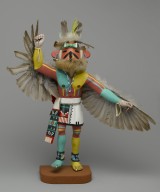
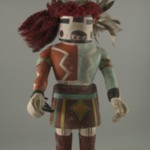
![Kachina Doll (Muya Pona [Clown])](https://d1lfxha3ugu3d4.cloudfront.net/images/opencollection/objects/size2_sq/03.325.4601_03.325.4602_03.325.4606.jpg)
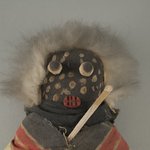
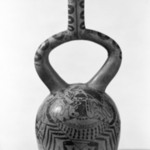

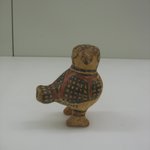

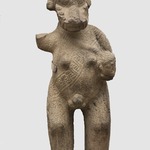
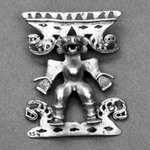
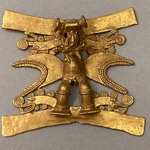
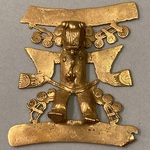
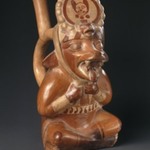

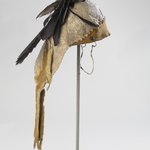
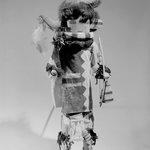

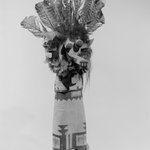
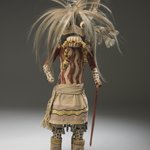
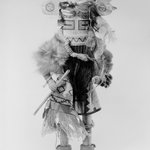

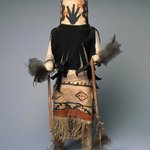

![Kachina Doll (Kwahu [Eagle])](https://d1lfxha3ugu3d4.cloudfront.net/images/opencollection/objects/size2_sq/CUR.2010.6.13.jpg)
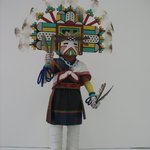
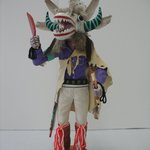
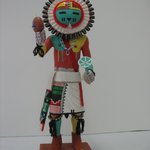
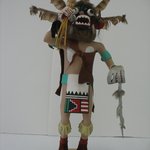
![Kachina Doll (Angwusnasomtaqa [Crow Mother])](https://d1lfxha3ugu3d4.cloudfront.net/images/opencollection/objects/size2_sq/2010.6.2_front_PS2.jpg)

